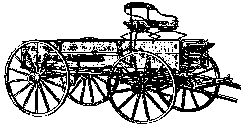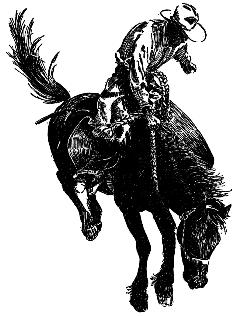8ARTICLE
A Review Of Calf Scours
Click Here for a copy of this article: >>>>
Newborn calves are extremely susceptible to calf scours especially during the first 28 days of life. Bacteria and viruses attack the lining of the calf's gut. The result is often watery diarrhea, with the calf losing nutrients and fluids and becoming dehydrated.



This page was last updated: February 1, 2010

Copyright © 2000 Larson Century Ranch, Inc. ~ All Rights Reserved
P. O. Box 1982
Clarkston, WA 99403
Telephone: 509-758-5445
FAX: 509-758-5701
E-Mail: Sales@LarsonCenturyRanch.com

Web Design: Design Carte
- There are two main forms of diarrhea.
(Example -- E. coli K99)
- Results of calf scours.
output drops.
- More about Rotaviral and Corona diarrhea.
- More about cryptosporidial scours.

Scours Agent
Rotavirus (virus)
E. coli K99
Coronavirus (virus)
Cryptosporidia (protozoa)
Salmonella spp (bacteria)
Clostridium perfringens
Type C (bacteria)
Coccidia (protozoa)
Summary of Scours Agent
Age of Onset
Usually after 6 days -
can be 0-28
Most common at 1-5 days
Usually after 7-10 days -
can be 0-28
Usually at 7-21 days
Commonly at 1-7 days
Commonly at 7-28 days
Usually after 7 days
Signs
Mucus, watery brown or green diarrhea, blood
Effortless passing of yellow to white feces
Watery yellow feces
Watery brown or green feces with blood and mucus
Like E. coli, yellow to white feces (human infection also)
Sudden death (blood tinged feces)
Mucus and often bloody diarrhea
Table and information provided by: Bill Kvasnicka, University of Nevada-Reno Extension Veterinarian, 775-784-1377 or,
E-Mail: bkvasnicka@cabnr.unr.edu
 | ||||
 | ||||
 | ||||
 | ||||
 | ||||
 | ||||

